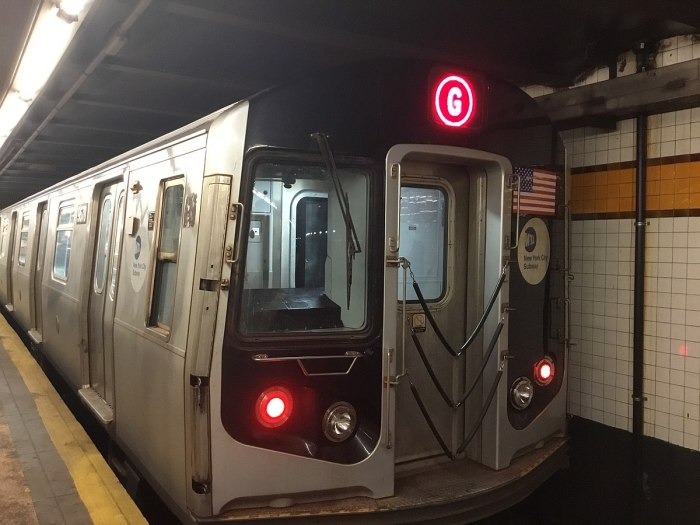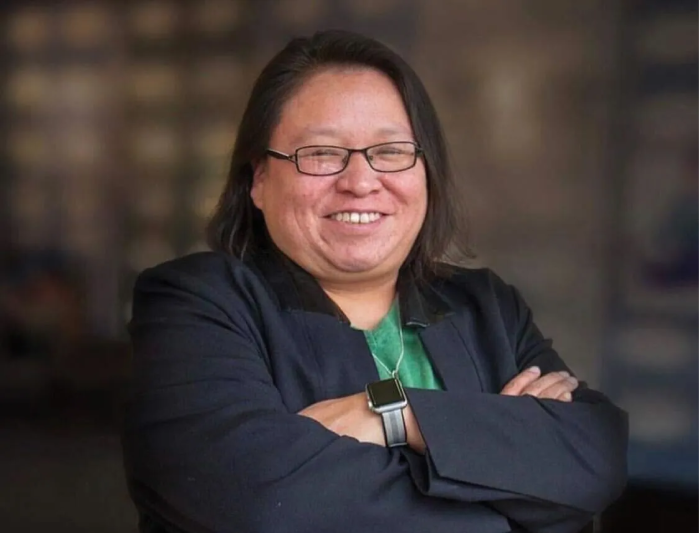Control of New York City public schools has always been a political issue, as it is in Mayor Bill de Blasio’s spat with State Senate Majority Leader John Flanagan.
In post-Civil War NYC, for example, Boss Tweed’s political machine doled out teaching jobs and patronage to keep and coax power.
In the 1970s, in the aftermath of the civil rights movement, underserved minority communities like Ocean Hill-Brownsville pushed for unilateral control of their own schools. But in the decades that followed, sparsely attended school board elections led to a bureaucratic, decentralized system at the old Board of Education that often struggled to address problems community activists had raised in the first place.
In 2002, Mayor Michael Bloomberg successfully petitioned the State Legislature to put him in direct charge of the schools.
This was known as mayoral control, and was extended to Bloomberg for a hefty seven years and then re-upped for six more in 2009. When Mayor Bill de Blasio went to Albany to ask for the same, he was only given one year.
This legislative season, he asked for a more substantial period of time, and he ran into a political roadblock: the Republican-controlled State Senate he helped campaign against in 2014.
What difference does a year make?
Why should the mayor be in charge of city schools, and what’s the difference if he’s not?
The city argues that mayoral control ensures accountability in education. The buck stops at City Hall, and if a mayor doesn’t do well, voters turn the mayor out. Under the old system, it was easy for mayors to shrug their shoulders and place blame elsewhere, or get bogged down in internecine battles with the education board.
Having one person in charge also should help keep standards relatively even across the city, preventing large disparities in schools in different neighborhoods depending on the efficacy of one superintendent or other.
Mayoral control also potentially makes for smoother coordination among city agencies. The Department of Education credits this — and the ability to focus attention on specific projects — for gains like de Blasio’s universal pre-k programs, which required resources and actions beyond just the department — including the Department of Buildings to prepare sites, the FDNY to make sure they were up to code.
The administration’s expansion of community schools — where children can get eye exams as well as an education, and the schools act as social services as opposed to collections of classrooms — also benefit from pooled resources beyond the Department of Education.
For the continuation of projects like these, and the stability to embark on new ones, de Blasio asked for more than a measly year.
What matters in the classroom?
Mayoral control is largely thought to be successful, or at least better than what came before, by academics and advocates. Under de Blasio, the city has established universal pre-k and graduation rates have risen.
In part, they say that’s due to a less chaotic, more governable system.
Helen Spencer, who taught public school in Brooklyn before and after the switch and is now an education administrator at Brooklyn College, remembers being given a single sheet of paper with a science curriculum on it, meant to be used for grades K-5. To supplement her sparse class materials, she says she would go to the district offices and look through closets for random items. The closets contained old books from the 1950s, “old junk,” and even a jar with an octopus in formaldehyde.
But Spencer says things weren’t perfect after mayoral control — in fact, on the classroom level, she says it can be hard to notice systemic changes. The day-to-day pressures, immediate supervisors, and larger aims (testing, evaluation) can be more pressing.
For some parents, the one thing they do notice about mayoral control — a more centralized system — is unwanted.
They claim the system is not responsive enough to their needs, that they get lost in red tape or mayoral politics — be it de Blasio’s stance on charter schools or Bloomberg’s push to close underperforming schools. With weakened representation at the local level, there is less opportunity to register opposition.
Ceding too much power to the local level, particularly when board elections had minuscule turnout and weren’t particularly meritocratic, has led to questionable and sometimes unequal decisions in the past, but that doesn’t mean that schools have become perfect since the mayors took over. They are still deeply segregated, often underperforming, sometimes lacking in guidance to the teachers they employ and the students they’re meant to to educate.
Campaigning to make them better — on the local level, and from the top down — should be the important political question, no matter how many years the mayor gets.
This is amExpress, the conversation starter for New Yorkers. Subscribe at amny.com/amexpress.

































